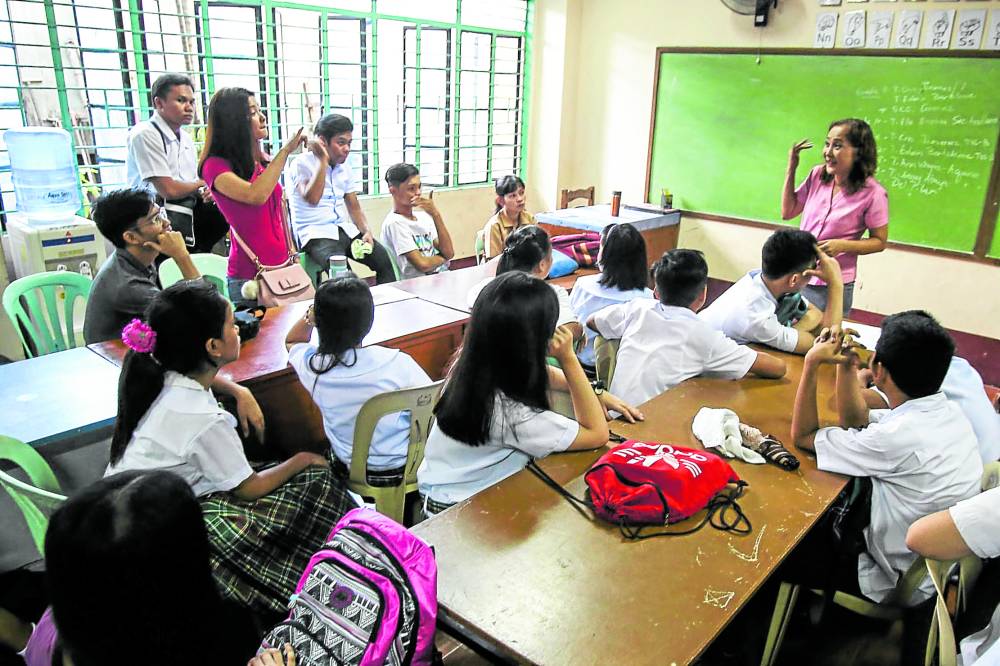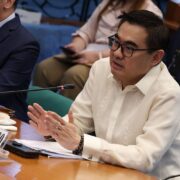P44.5-B fund eyed for education infrastructure in 2026

The Marcos administration is eyeing a P44.58-billion allocation in 2026 for education infrastructure to address the country’s classroom backlog and develop innovative, climate-adaptive learning spaces.
Rolly Toledo, officer in charge at the Department of Budget and Management (DBM), said funds for education infrastructure is “at the heart” of the record-high proposed education budget of P1.38 trillion for 2026.
Of this total, the Department of Education is set to get P928.5 billion. That is based on the National Expenditures Program (NEP) that Malacañang, through the DBM, submitted to Congress for deliberation.
“With the DBM and the Government Procurement Policy Board operationalizing the National Government Procurement Act, we are ushering in procurement strategies that will deliver classrooms faster, more efficiently and with greater transparency and accountability,” Toledo said.
According to Toledo, the bulk of the funding will create 4,900 new classrooms and repair more than 9,400 nationwide.
Also, the 2026 NEP proposes to restore over a hundred heritage Gabaldon school buildings, or those built during the American colonial period, for P1.134 billion.
Meanwhile, P3 billion will fund the construction of 200 new “last mile” schools in geographically isolated and underserved areas, each equipped with solar power, water and sanitation facilities, and appropriate furniture.
About P9.39 billion will be used to rehabilitate, retrofit and rebuild 1,300 disaster-affected schools—totaling more than 13,000 classrooms—under the Infrastructure for Safer and Resilient Schools Project.
Further, the proposed national budget provides furniture for 18,000 classrooms; electrification for over 400 schools and 300 new health and sanitation facilities.
“These investments ensure that learning environments are not only structurally sound but also holistic, functional and conducive to student well-being,” Toledo said.
He described the proposed 2026 national budget as the “true education budget.” Its allocation for education represents 4 percent of gross domestic product, the largest-ever allocation for the sector.
“Together with DepEd, we are promoting more flexible and innovative ways of building classrooms. We will not rely on a single implementing agency. We will empower LGUs, civil society organizations and partners closest to the communities,” he said.
“This is how we make every peso count. Every classroom we build is a statement of hope. Every repaired structure is a promise kept. Every safe, dignified learning space is a legacy we give our children,” he added.





















